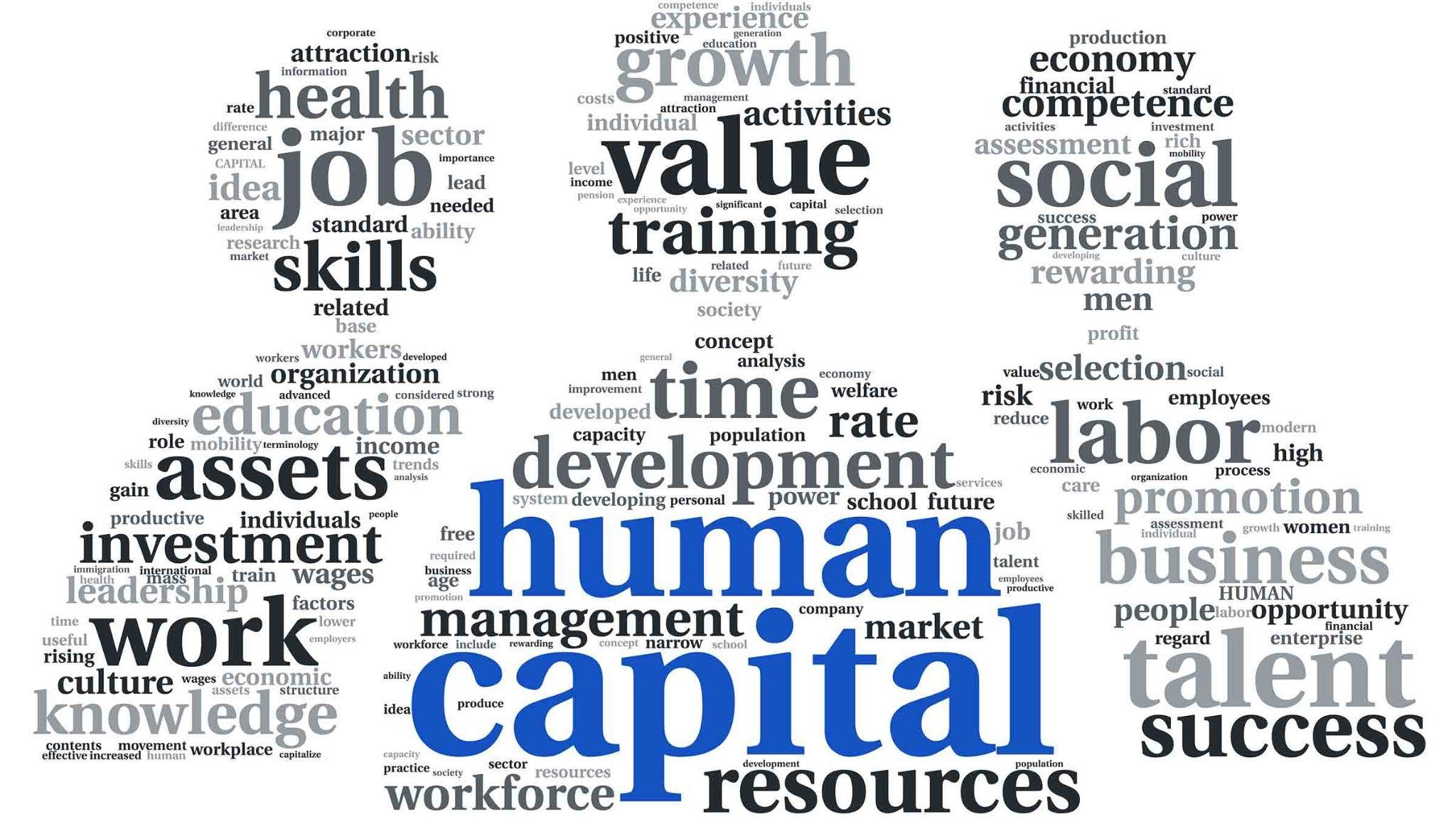
Global Human Capital Trends are one of the
hot topics in the industry. Some of these trends are the drastic changes that
organizations had to go through during the pandemic, even though the recovery
from the pandemic for the most part has been done quite brilliantly. Other
trends are more long-term developments in the Human Resource department or
space.
Each will, however, will create a lasting impact on how HR manages people and how we work as a partner of the business.
1.
Home as the New Office
Even though the
Work from Home concept is not new considering the pandemic forced organizations
to have people work from their homes. The idea of working from home is still in
very much of use and it is growing in certain aspects of the corporate industry.
The shift to remote work was taken as a precautionary measure in order to evade
the COVID-19 Pandemic which now has taken into a practice that many
organizations use.
Many organizations
now have started to appoint a work from home day weekly as a relaxation to the
employees. Companies like Twitter, Square, and Capital One, even announced that
working from home is a concept that will stay even post COVID and the corporate
industry is proving just that.
Microsoft has also
unveiled plans to adopt a hybrid workplace, which offers employees greater
flexibility once the pandemic truly subsides.
2.
Moving Beyond Generations
In the past decade,
organizations have focused a lot on what separates the different generations in
the workforce. Gen X, Y, and Z have all been analyzed, written, and talked
about extensively. Scientific proof of intergenerational differences however
remains slim.
In fact, research
increasingly shows that generational differences related to people’s views on
work and life aren’t as big and influential as we initially thought. What people want from their working life are
purpose, good leaders, and professional growth that doesn’t differ all that
much from one generation to another. The industry believes they will move
beyond generations and see an increased focus on perennials, a term first
mentioned by Gina Pell. Perennials, as she puts it, are a group of people of
all ages, stripes, and types who go beyond stereotypes and make connections
with each other and the world around them.”
To understand the
workforce, the industry believes they should look beyond group differences and
gather insights on the interest, values, and aspirations of individual
employees. This practice will also enable to personalize how the HR
professionals manage people.
3. Learning
as a Driver of Business Success
Pre-COVID, there
was already a strong need for up-scaling the workforce. This need has only
become more apparent. Unfortunately, in the search for HR professionals with
future-oriented skills, it is slim pickings. Rather than continuously searching
for new talent, the most efficient way is to upscale your HR team ensuring they
have the expertise to secure success in a changing future.
For HR, we have
identified three key capabilities.
●
Data Literacy: HR professionals need the
ability to make data-driven evidence-based decisions in order to be true
business partners. This involves the ability to read, understand, create, and
communicate data as information to influence decision-makers.
●
Business Acumen: HR professionals in all
industries need to improve their business acumen. They need to understand the
business, its strategy, its customers and its context. Only when they have a
deep understanding of the business will HR be able to add the maximum value.
●
Digital Integration: Digital HR offers
the opportunity to drive HR efficiencies, deliver the HR strategy, and drive
business impact through technology. This is one of the biggest skill gaps in HR
and one that has become even more pressing in this new and more remote reality.
4. HR
in the Driver’s Seat
2021 has not only
seen a massive shift in the way businesses operate, but it has also posed
significant personal difficulty to workers all over the world. Employees are
worried about their health and that of their loved ones and tense about the
security of their jobs. While leadership is worried about what should be
communicated and how while trying to have departments and model company values.
In the midst of all
this chaos, HR has been on the frontline, facilitating employees, handling
business requirements, managing concerns, and questions of the employees,
supporting them and focusing on people’s mental and emotional wellbeing.
Being at the center
of the crisis was a big responsibility for any HR department. In order to
succeed in the drivers’ seat and maintain its newfound position into 2020, that
means leading and accelerating the infamous digital transformation that has
been an HR trend for years now.
5. Room
for Personalization
The shift the
industry has seen lately in the way many of the employees work inevitably leads
to people creating their own optimal work environment. They arrange their
workspace at home as they see fit and they might work outside traditional
office hours if that suits them better. When it comes to the actual work
employees do, it seems natural that they will want to make some adjustments
there too. For example, in terms of tasks, skills, or purpose. This is where a
concept such as job crafting comes in. It is believed that giving employees
room to take ownership of their roles will be essential for job satisfaction
and productivity in 2022 and beyond boosting both employee success and that of
their organization.

Conclusion
The global human capital trends for 2022 are
not that much different to 2021 considering the practices and measures that
were adopted in 2021 to overcome the difficulties caused by the COVID-19
pandemic are now just being polished and being applied to increase efficiency
and improve employees’ job satisfaction. The HR industry has been leading the
departments during the crisis and it is believed it will stay the same for
years from now considering the massive shift in work practices and the
procedures to carry out business operations across all industries.